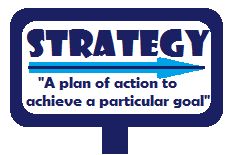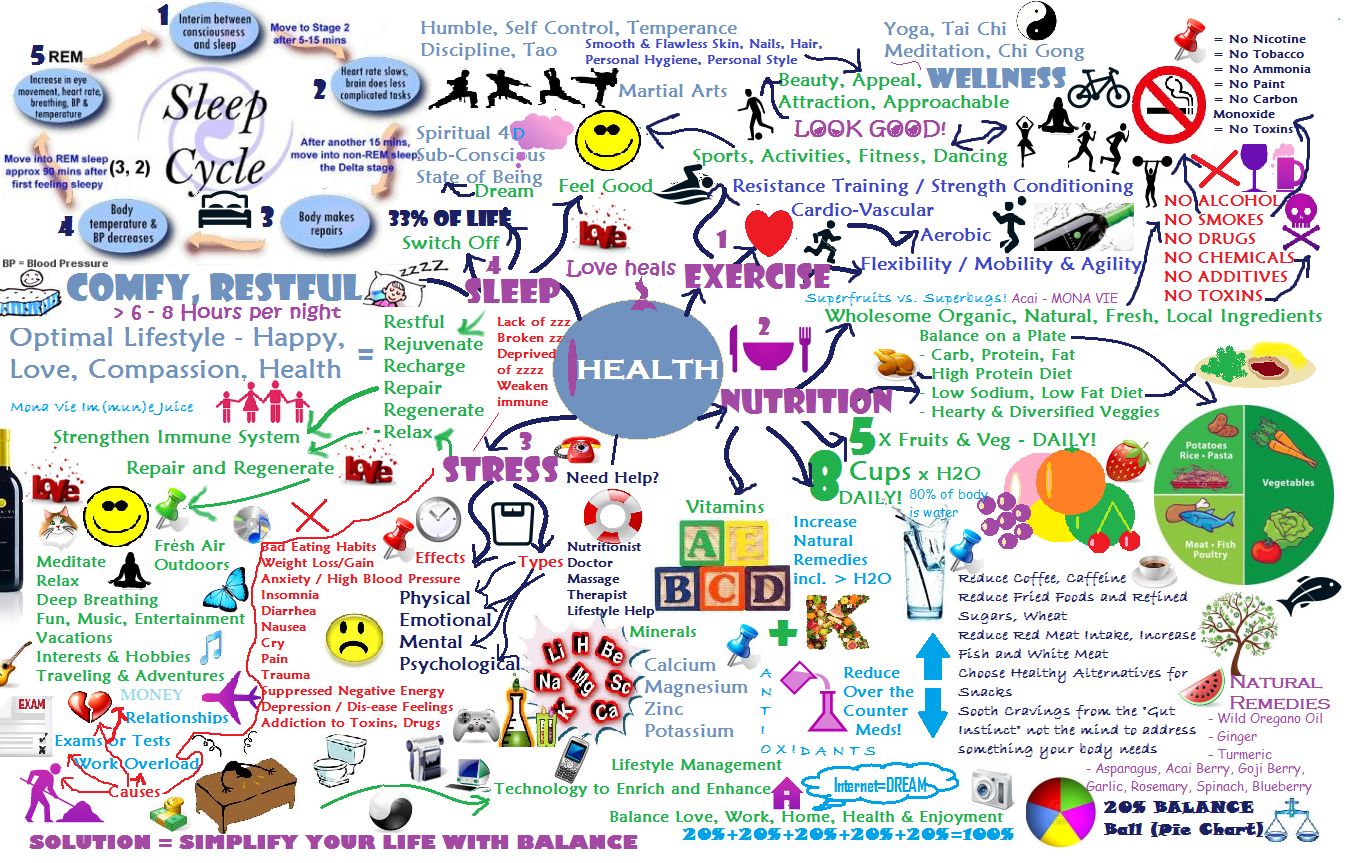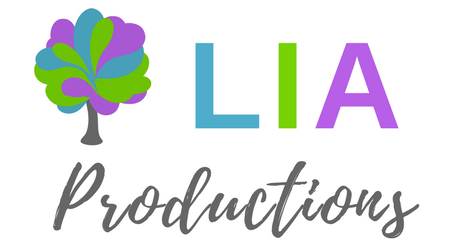 Liapros Strategy Series
Liapros Strategy Series
5 Steps to take an Innovative Product / Service / Lifestyle Change Idea from CONCEPT through to FRUITION
1. SHORTLIST AND BRAINSTORM FREELY – Make a short list of the top 3 innovative ideas you would like to assess and evaluate the product concept and create a brainstorming mind map that is freeform, sketched and informal to allow for free thinking without limitations and boundaries.
 For each of the 3 ideas perform a brainstorming exercise whereby you write the idea in the middle of the page e.g. a mobile restaurant review service. Mind mapping the idea on to paper enables one to visually map out the idea and all its related, cross-reference and cross-impact ideas, factors, considerations, issues, risks and tasks. Think big and think freely as you mind map and grow the conceptual design of the new tangible product, service, information product or lifestyle change. Write down all sphere of influences, the marketing considerations, technology considerations, competitive landscape, critical success factors, operation considerations and much more.
For each of the 3 ideas perform a brainstorming exercise whereby you write the idea in the middle of the page e.g. a mobile restaurant review service. Mind mapping the idea on to paper enables one to visually map out the idea and all its related, cross-reference and cross-impact ideas, factors, considerations, issues, risks and tasks. Think big and think freely as you mind map and grow the conceptual design of the new tangible product, service, information product or lifestyle change. Write down all sphere of influences, the marketing considerations, technology considerations, competitive landscape, critical success factors, operation considerations and much more.
2. HIGH-LEVEL CONCEPTUAL ANALYSIS & DESIGN – Drill-down another level of analysis to assess the viability of the idea with respects to the competitive landscape, market size, market demand, market timing and key enabling factors e.g. technology as an enabling factor – software development aspect, web solution or Internet business as the main distribution channel, people as an enabling factor, processes and operations, logistics and infrastructure considerations. Create a structured document that clearly categorizes Marketing Considerations / Requirements, Technology Requirements / High Level Specifications (Agile Epic and User Stories), Financial Considerations / Cost Benefit Analysis whereby you perform a high-level P&L (profit & loss) assessment so that you can outline all your initial and capital expenses, your operating costs for the first 6 months to 1 year, the forecasted revenue and profit margins, etc. It is essential to perform a preliminary Business Intelligence and ROI exercise at this stage as this could be an early indicator of success. Throughout steps 1 and 2, make sure to keep a tally on challenges, risks or limitations that may present itself as an issue in your brainstorming and conceptual design thinking process. Keep track of these and overcome each one as needed unless they are showstoppers, pre-requisites or critical success factors that need to be addressed before proceeding with the business plan.
3. STRATEGIZE, DE-RISK AND TWEAK THE CONCEPTUAL BUSINESS PLAN – Assess the viability of the conceptual design plan / the preliminary business plan and de-risk where necessary. If there seem to be more risks, costs, issues and resistance than benefits of the product concepts, features and enabling factors – then you need to strategically quantify the risk and decide whether to address, overcome or absorb it in order to move to the next phase, or whether to tweak the requirements to de-risk the plan or as a last resort to pull the plug on the business plan – at least for this quarter.
4. COMMIT THE PLAN TO AGILE DEVELOPMENT OR AN ITERATIVE DEPLOYMENT – Begin to break down the High Level Requirements into sub-categories and task breakdowns across all spheres of Marketing, Technical, Business, Operational and Infastructure. If there is a heavy Web component, then specific user stories around usability, functionality, navigation-ability and interaction need to be fully defined for all happy flows and key exception flows. Make sure to have a subject matter expert that can speak to each of these different spheres of influence – for example a Product Marketing lead, Technical Architect lead, Business lead, Operational lead and Infrastructure lead. Of course these roles can be double or triple-hatted people – or it could be a functional area that you (the business owner) takes care of. Remember to utilize your own skillsets wherever possible but to also solicit the advice, help, input and skillsets of other people in your professional and personal networks.
 Set iterative prototypes, beta releases or a pilot launch date as the first Development/Implementation cycle endpoint or milestone so that everyone can work towards the same build/test/tweak cycles and end result. Take an iterative design and development approach for the best results and to ensure that the time-to-market is respected and adhered to. It is important to note that the market conditions are constantly changing, so be prepared to make updates to key user stories as you proceed through the agile development cycles. At the same time, be mindful of the level of change you make to an otherwise viable requirement or use case. Continue to always test the output of each iterative cycle, beware of functional and regression testing as sometimes new issues or bugs arise as a result of another issue being resolved.
Set iterative prototypes, beta releases or a pilot launch date as the first Development/Implementation cycle endpoint or milestone so that everyone can work towards the same build/test/tweak cycles and end result. Take an iterative design and development approach for the best results and to ensure that the time-to-market is respected and adhered to. It is important to note that the market conditions are constantly changing, so be prepared to make updates to key user stories as you proceed through the agile development cycles. At the same time, be mindful of the level of change you make to an otherwise viable requirement or use case. Continue to always test the output of each iterative cycle, beware of functional and regression testing as sometimes new issues or bugs arise as a result of another issue being resolved.
If the conceptual design you made in step 2 and 3 becomes out of date by >2 months, it is time to revisit all business and competitive market assessments again as the scheduled product launch would then be in another quarter.
5. GO LIVE (TARGET & LOCALIZED MARKETS FIRST, THEN GLOBAL)
 Now that the product development has come full circle and the product marketing lead is now tasked with the actual launch and introduction of the new product – it is important to have the GO-TO-MARKET plan well defined even before commencing development, and to firm it up right before the GO-NO-GO decision that occurs after each iterative cycle. The GO-TO-MARKET plan needs to take into account, marketing communications, advertising, offline marketing, online marketing, web, social media marketing, mass marketing efforts, 3rd party vendors, media relations and content providers. Please do not overlook the overall end-user experience or end-to-end consumer experience as knowing your audience is vital to the success of your business. As part of the Business Intelligence and Market Assessments that took part in step 2, it is essential to define your target demographic for your customers, users, audience or consumers of your product, service or change of lifestyle (change impact to those around you). Be sure to consider location-based services, information and localization factors such as reach-ability, geography, region, country, language, cultural differences and more.
Now that the product development has come full circle and the product marketing lead is now tasked with the actual launch and introduction of the new product – it is important to have the GO-TO-MARKET plan well defined even before commencing development, and to firm it up right before the GO-NO-GO decision that occurs after each iterative cycle. The GO-TO-MARKET plan needs to take into account, marketing communications, advertising, offline marketing, online marketing, web, social media marketing, mass marketing efforts, 3rd party vendors, media relations and content providers. Please do not overlook the overall end-user experience or end-to-end consumer experience as knowing your audience is vital to the success of your business. As part of the Business Intelligence and Market Assessments that took part in step 2, it is essential to define your target demographic for your customers, users, audience or consumers of your product, service or change of lifestyle (change impact to those around you). Be sure to consider location-based services, information and localization factors such as reach-ability, geography, region, country, language, cultural differences and more.
